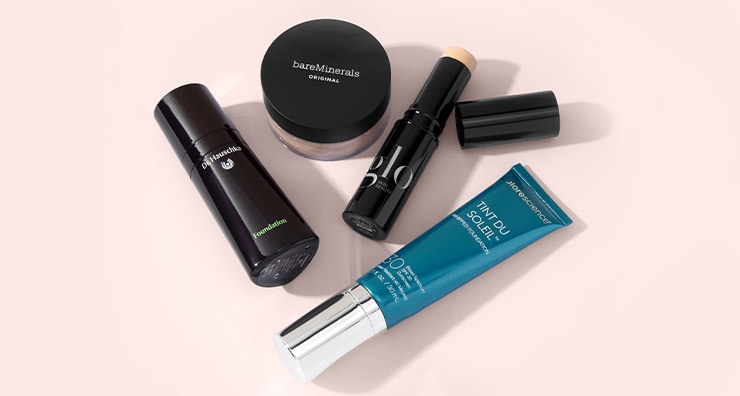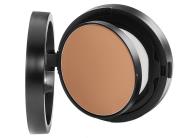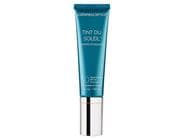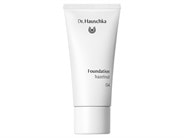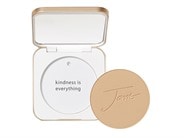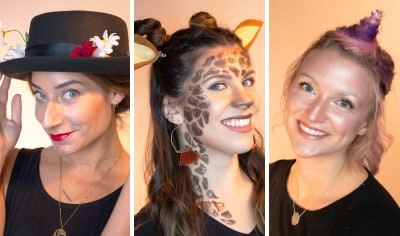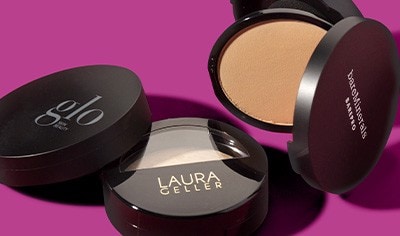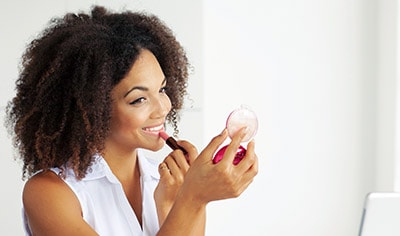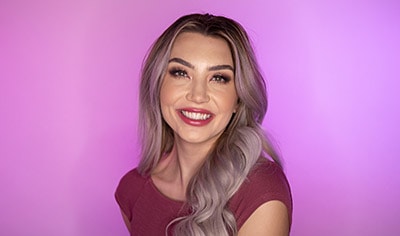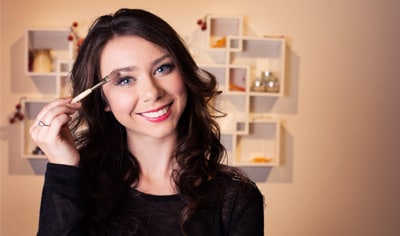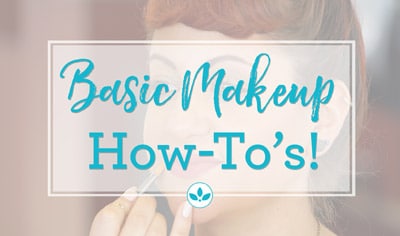Mineral makeup has been a major player in the clean makeup space for years now with a devoted fanbase. If you’re craving a no-makeup look that blurs imperfections and looks naturally flawless, mineral foundation might be for you. If you’re curious about how to apply mineral foundation, we’ll cover all the basics you need to know about this versatile product, including:
Mineral foundation is different from most conventional foundations in that it uses naturally derived minerals to provide color instead of synthetic pigments or dyes. Mineral foundations also tend to have fewer fillers, such as talc and mineral oil, and usually don’t contain synthetic fragrances.
“Though a lot of mineral makeup products tend to be ‘clean,’ so to speak, just because a product is labeled as mineral makeup doesn’t guarantee it’s entirely free of additives like dyes and fragrance,” says board-certified dermatologist and LovelySkin CEO, Dr. Joel Schlessinger. “The only way to be sure of that is to check the product’s ingredient list.”
Wondering why you should give mineral foundation a try? There are a number of benefits that using mineral foundations provide your skin with beyond just a flawless finish.
First off, many mineral foundations have some degree of built-in sunscreen protection. This is because two mineral ingredients often featured in mineral makeup formulas—titanium dioxide and zinc oxide—also happen to be effective physical sunscreens. “Though mineral foundation can provide a bit of extra sun protection, it’s typically not enough to replace your facial sunscreen altogether,” Dr. Schlessinger says. “I always recommend wearing a dedicated sunscreen underneath any kind of makeup, mineral or otherwise.”
Mineral foundations also tend to be non-comedogenic, or non-pore-clogging, making them a smart choice for those with acne-prone skin. “Mineral foundation made without talc, chemical dyes and fragrance is also great for people with skin conditions such as [rosacea]https://www.lovelyskin.com/c/redness-rosacea-shop-by-condition-skin-care) or eczema, as those ingredients can often contribute to irritation,” Dr. Schlessinger says.
How to apply mineral makeup: 6 popular types
Are you wondering how to apply mineral makeup for a natural look? Because there are so many different types of mineral foundations—pressed, loose powder, liquid, cream and more—how to apply mineral makeup depends on what type of formula you choose. Regardless of the type, we recommend prepping the skin beforehand using a moisturizer or a makeup primer before you start applying your mineral foundation.
Mineral powder foundation in a pressed compact is super portable and great for travel, as it usually comes with a built-in mirror and won’t accidentally spill in your bag as it could with a loose powder or liquid. When it comes to how to apply mineral foundation in pressed powder form, you’ll want to start by loading a foundation brush with powder by swirling it around the compact and gently tapping the brush to dust off excess. Then, start your application by brushing the powder in downward strokes on the area you’d like the most coverage before moving on to the rest of your face.
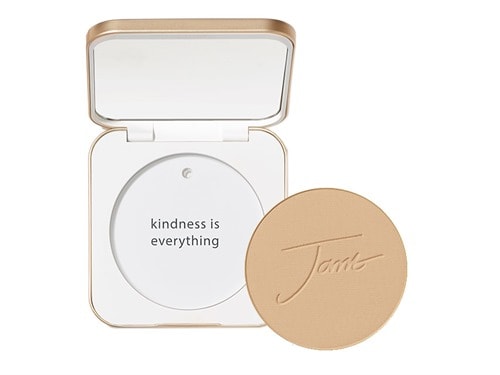
We recommend jane iredale PurePressed Base, a pressed powder mineral foundation that provides sheer coverage with a matte finish. It contains 14% titanium dioxide and 3% zinc oxide, which adds up to an SPF rating of 15 or 20, depending on your shade selection. It also comes in a refillable compact, so you can easily pop out the empty tin when you’re done and replace it with a fresh refill.
If you’re looking for a low-maintenance option that’s easy to use on the go, try a mineral foundation stick. Foundation sticks commonly refer to a solid formula with a creamy texture that you can apply directly onto your face and blend using your fingers or a makeup sponge. You can also use a foundation stick as a concealer by using a concealer brush (similar to a foundation brush but smaller) to apply it to your under-eye area and/or any spots of redness or skin discoloration.

We recommend Glo Skin Beauty HD Mineral Foundation Stick, a long-lasting, lightweight mineral foundation that leaves you with a satin finish for a natural, no-makeup look. Its coverage is buildable, which means you can easily layer it to cover blemishes as needed. It also contains hydrating hyaluronic acid and a fleet of antioxidants in the form of vitamins A, C, E and green tea extract to help fight free radical damage.
Do you have sensitive, reactive skin or a skin condition such as eczema or rosacea? If so, loose mineral powder foundation could be your new best friend! Since this formula typically features fewer skin care ingredients and preservatives, mineral foundation tends to reduce the potential of aggravating sensitive skin. Furthermore, loose mineral powder foundations don’t usually contain water or oils within their formulation, which eliminates the need for preservatives to extend their shelf life and makes them less likely to harbor bacteria.
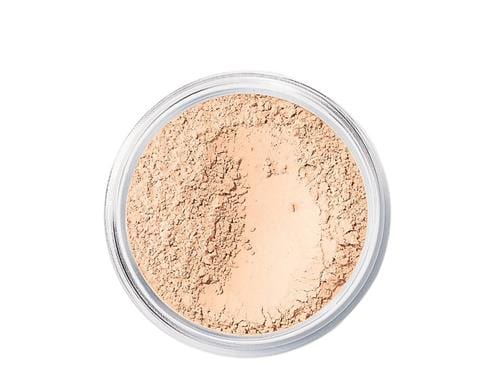
We recommend bareMinerals Original SPF 15 Foundation. Featuring a seriously short ingredient list of just seven mineral compounds, this award-winning mineral powder foundation contains no fillers, parabens or fragrances. For the smoothest application, bareMinerals has coined a three-step method: swirl, tap, buff. To start, pour a small amount of mineral powder foundation into the twist-off cap and swirl a foundation brush in it. Tap off the excess powder and then “buff” the product onto your face as you move your brush in small, circular motions.
If you like the texture of a tinted moisturizer but want to make the switch to a mineral foundation with a bit more coverage, we recommend trying a cream mineral foundation! For a quick and easy natural look, just pump or squeeze a bit of your cream foundation onto your fingers and spread it onto your skin as you would with a daily moisturizer. That’s it!
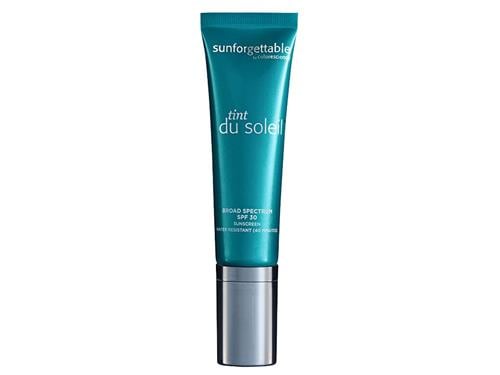
We recommend Colorescience Tint Du Soleil SPF Whipped Foundation, which features a lightweight and breathable texture that provides SPF 30 sun protection, color, coverage and anti-aging benefits all rolled into one! Peptides, combined with the power of a multi-vitamin complex, helps smooth fine lines while milk lipids and ceramides work together to boost the appearance of smoother, softer skin. You can learn how to use Colorescience Tint du Soleil SPF 30 for the best application that will leave you with a dewy finish that’s water-resistant for up to forty minutes. If you want to learn more about tinted moisturizers, make sure to give our post about [what tinted moisturizer is a read!
If you’re a traditionalist, you might prefer your foundation in a classic liquid formula. The thin texture of liquid mineral foundation makes it easy to apply by dotting small dabs of color around your face where you need it most—along your nose, your cheeks and forehead—before blending it out with a beauty blender or foundation brush.
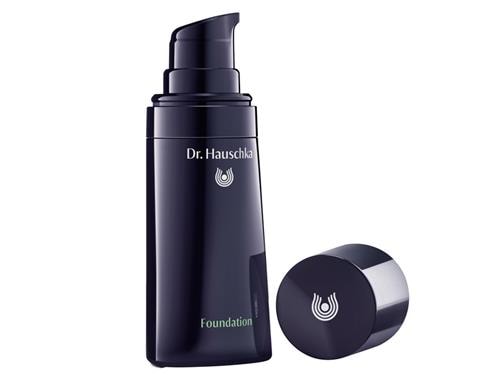
We recommend Dr. Hauschka Foundation, which combines mineral pigments with a blend of nourishing botanicals (macadamia oil, coconut oil, shea butter and jojoba oil) to both hydrate skin and provide light coverage to help diminish the appearance of any redness and imperfections. It sets to a naturally luminous finish on its own, or you can follow it up with a dusting of translucent powder, like Dr. Hauschka Loose Powder, for a more matte finish.
Cream-to-powder mineral foundations are a great way to simplify your everyday makeup routine. They go on with the smooth texture of a cream and set with the shine-controlling matte finish of a powder—all in one step! When it comes to how to apply mineral foundation using a cream-to-powder formula, we recommend using a makeup sponge for a light, air-brushed look. Apply in light, outward motions, starting from the middle of your face and working your way towards the edges. Then, blend as needed.
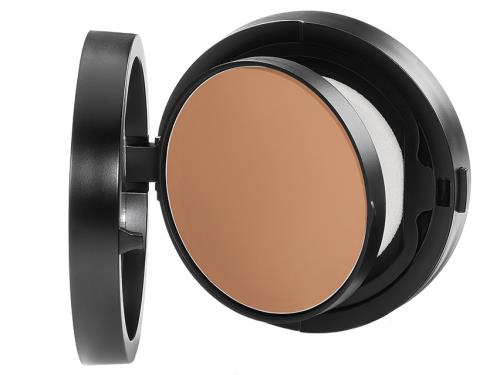
We recommend Youngblood Mineral Radiance Creme Powder Foundation, which contains some of the best skin-loving ingredients—vitamin C, licorice root extract and kaolin—to help condition and moisturize skin (a major bonus if you have rosacea!) while providing sheer-to-medium coverage with a satin finish. Plus, it comes in a refillable compact complete with a mirror and applicator sponge, making it easy to toss in your bag and use on the go.
Now that you know how to apply mineral foundation, you can expand your makeup knowledge by learning how to find the right concealer for you and more at the LovelySkin Blog.


